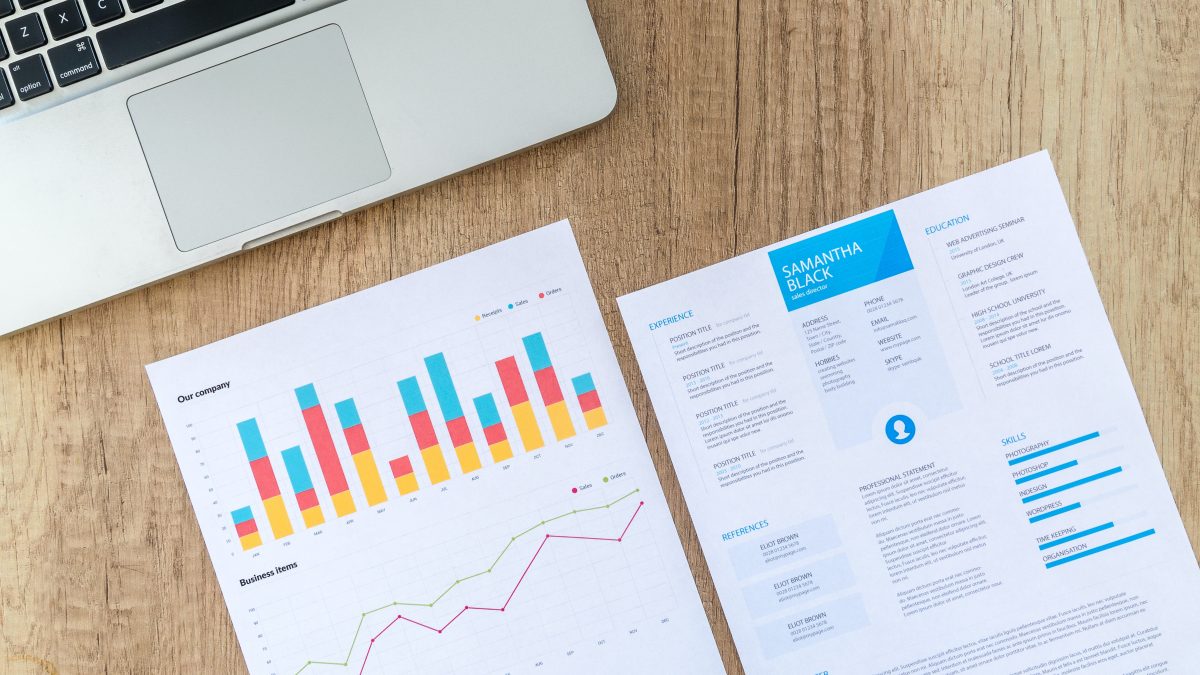Nonprofits collect a lot of data during its daily operations. From contact information about donors and volunteers to reports on the organization’s financial health, the data available to analyze seems endless. Using a nonprofit technology helpdesk can help you collect some of this data.
Sure, you know that your organization needs to keep data safe. What does nonprofit data do for an organization, though? What information is and isn’t important, and why is data important in a nonprofit? This blog will answer those questions as well as provide you with a tool that helps with creating a data strategy for nonprofits.
What Data Should Nonprofits Collect?
Nonprofit organizations should collect several types of data. Doing so will allow for more effective communication, better decision-making, and tracking progress towards goals. Below is a list of the ones you should make sure to have:
- Donor Profiles: Make sure to have all of a donor’s contact information as well as any other information about the donor that might allow for more personalized communication.
- Marketing Success: Looking at which of your types of marketing are successful will allow you to figure out which strategies to stick with and which you can approve upon.
- Fundraising History: Take a look at when your organization tends to receive more donations and how many donors make recurring gifts. This type of data will allow you to figure out when you need to cut back on spending and when you can spend a little more on special campaigns.
- Campaign Success: Like with marketing success data, tracking how your campaigns do will help you figure out which events or sponsorships brought in the most money and which ones need some improvement.
- Expenses: On top of tracking the money you fundraise, you also need to track how much you’re spending on day-to-day operations or to set up those events and campaigns to fundraise. This data will help you figure out where you could spend more money and where you could cut back.
How Do Nonprofits Use Data?
There are three main ways in which nonprofits can use data: to fundraise, market, and make financial decisions. Each of these helps your nonprofit run smoothly, and using data to back up the decisions you make will allow for more success. We have discussed each a little bit when talking about what data to collect, but let’s take a closer look at each.
Fundraising
The most important part of using data for fundraising is to determine how you can better connect with potential donors, as well as those who have donated in the past. This is a good place to use those donor profiles. Some of that useful information about your donors will allow you to make more personalized messages and figure out what characteristics to look for in your target audience. Who makes the most donations? What is their average income? Where do they live? Also think about those donors you want to start targeting. What do they like? What sort of events or campaigns might interest them?
When you successfully fundraise, chances are it’s because you were able to connect in some way to your donors. Using data can figure out how you did so to strengthen those relationships.
Marketing
Marketing ties in with fundraising. How you “sell” your nonprofit will determine how many people you encourage to donate. Think about the ways you currently market. Do you post on social media? Send out automated emails? Send out flyers in the mail? What do people seem to respond to the most?
Once you find that data, then take a closer look at what the most successful campaigns on those platforms were. Did your donors respond better to posts about blogs or upcoming events? Were your posts humorous or strictly statistical? Figure out what attracted your donors and keep it up to appeal to those who have donated previously as well as potential donors.
Financial Decisions
Data will also help you figure out how to spend your money and how much to spend. Sadly, not all of your money can go towards funding your mission. Some of it has to go to running your organization, including paying employees, setting up events, creating those marketing strategies, and even protecting the data you use.
When you take a look at what you currently spend as well as how much money your organization receives in a set period of time, you can figure out where to cut costs and where to spend more money. Maybe your nonprofit spends too much time dealing with technology outages, leading to unnecessary spending. Or maybe your organization needs to spend more on coming up with a data strategy to help your organization run more efficiently. That’s where Computers in Ministry can help.
Computers in Ministry: Helping Nonprofits Use Technology to Further Their Missions
The importance of data for nonprofits is infinite. However, how do you create a data strategy for nonprofits? With Computers in Ministry (CIM), you can create a strategic technology roadmap to get you the data you need to make those big decisions. CIM works with nonprofits, churches, higher education, ministries, denominations, and human services to provide them with innovative technologies, like cloud storage, website development, and a technology helpdesk. We also offer training courses and certifications in using that technology. If you are interested in learning more about what our partnership can do for you, contact us.

